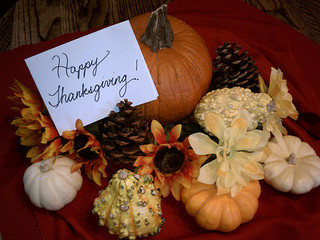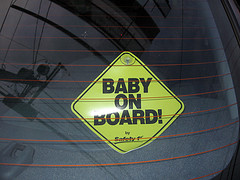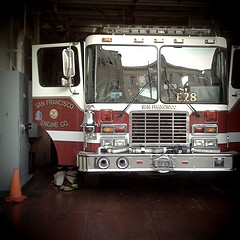There is no such thing as a simple automobile trip. Driving is a complex task, a truth we are constantly reminded of in our work as an Oakland car accident injury law firm. Drivers must focus on the mechanics of operating a vehicle while staying alert to the presence of other drivers, bicycle riders, motorcyclists, and pedestrians. A driver needs to be able to watch for signs, signals, and road conditions, while filtering out a flurry of potential distractions from a ringing phone to a noisy radio, from eye-catching billboards to bickering children in the backseat. Drivers also need to be alert for the unexpected, including the topic of today’s post – road debris, with a particular focus in this entry on vehicle-related debris.
Crash Blame On Runaway Tire
On Thursday, a car accident on Highway 4 in Pittsburg left at least one person injured according to a report by The Contra Costa Times. The single-vehicle accident occurred around noon on the eastbound off-ramp at Railroad Avenue. Witness reports suggest that a runaway tire flew into the path of a blue Cadillac, hitting the car’s front windshield. Early speculation is that the tire may have come from the westbound side of the highway. California Highway Patrol Officer Ron Simmons confirmed that no other cars were involved and that ambulances were called to the scene. It is unclear how many people were in the Cadillac at the time of the incident.
 San Francisco Injury Lawyer Blog
San Francisco Injury Lawyer Blog


 Often the law is an effort to resolve two competing interests. For example, traffic laws balance personal freedoms with safety concerns and tax laws balance a need for government services with the reluctance to pay for shared services. We have previously mentioned the law of sovereign immunity, a balancing decision that often protects a government institution while taking away an injured person’s right to recover damages. Last week, a federal court sitting in California looked at a question of
Often the law is an effort to resolve two competing interests. For example, traffic laws balance personal freedoms with safety concerns and tax laws balance a need for government services with the reluctance to pay for shared services. We have previously mentioned the law of sovereign immunity, a balancing decision that often protects a government institution while taking away an injured person’s right to recover damages. Last week, a federal court sitting in California looked at a question of  An Overview of Dram Shop Laws and the Liability of Establishments that Supply Alcohol
An Overview of Dram Shop Laws and the Liability of Establishments that Supply Alcohol  Like many of you, our team members spent the past weekend finalizing plans for Thanksgiving. For some, that means making final grocery lists; for others, it means confirming travel plans. We are looking forward to a day of family, friends, food, and football. We also appreciate the opportunity to reflect and give thanks for all that we take for granted, including the safety and well-being of our loved ones. Sadly, far too many Americans have their holiday interrupted by a
Like many of you, our team members spent the past weekend finalizing plans for Thanksgiving. For some, that means making final grocery lists; for others, it means confirming travel plans. We are looking forward to a day of family, friends, food, and football. We also appreciate the opportunity to reflect and give thanks for all that we take for granted, including the safety and well-being of our loved ones. Sadly, far too many Americans have their holiday interrupted by a 
